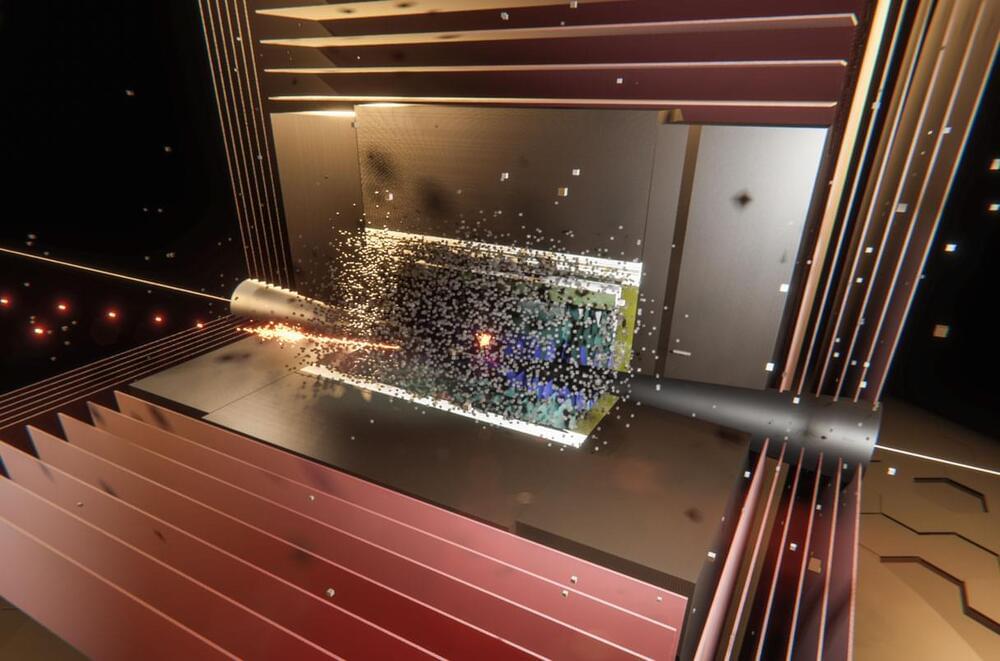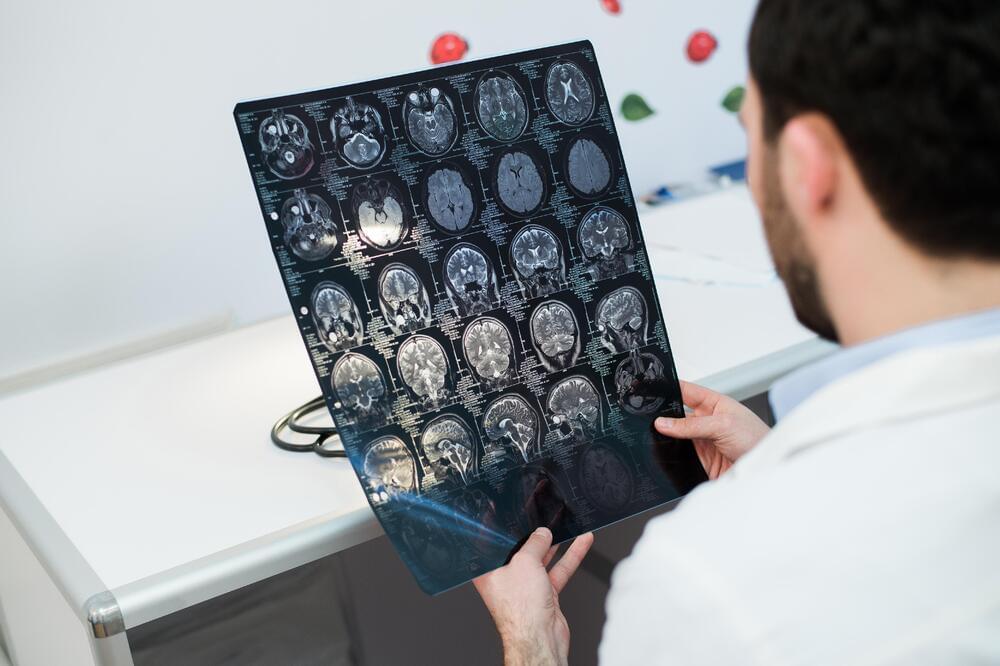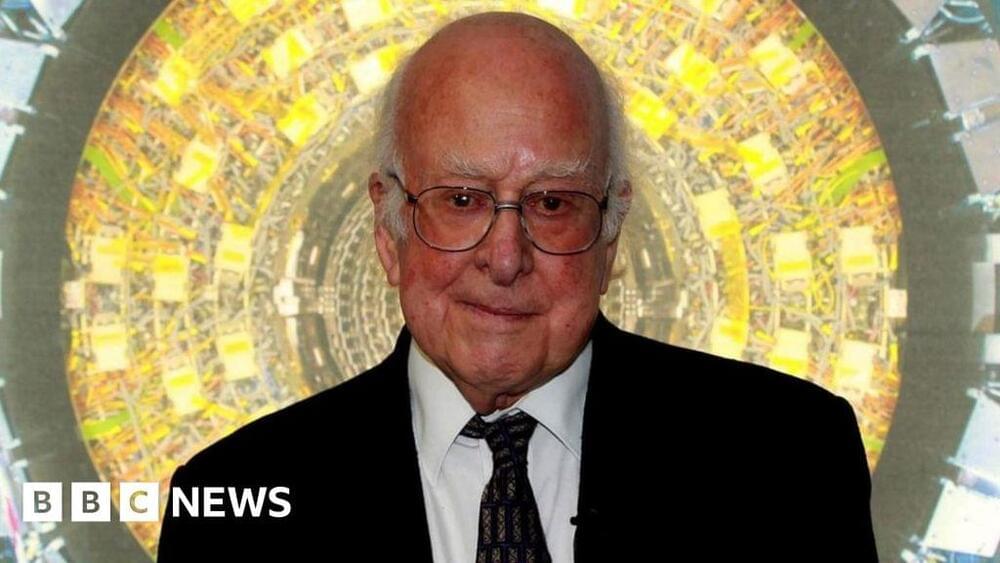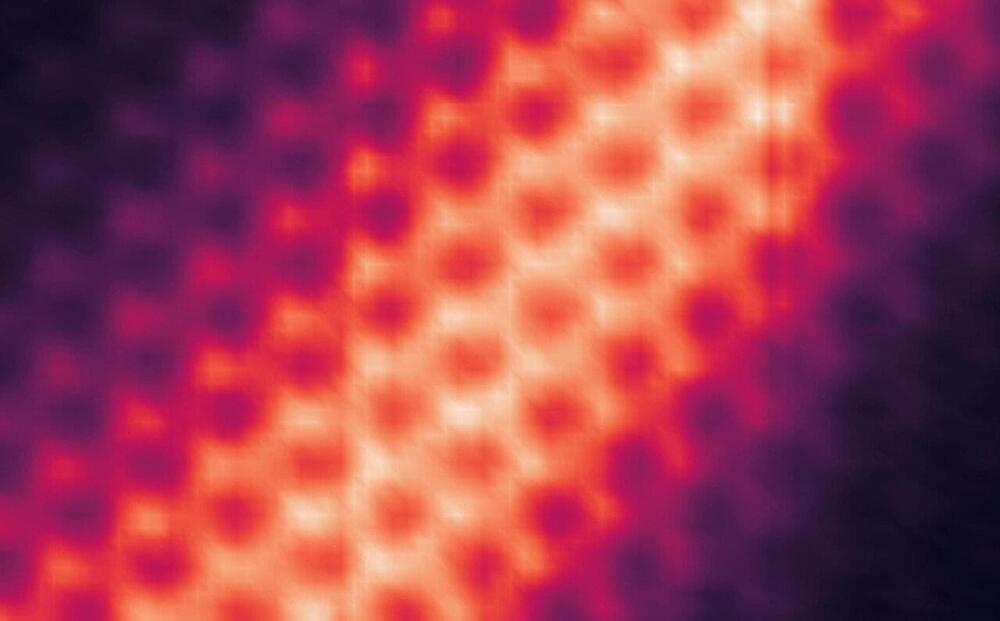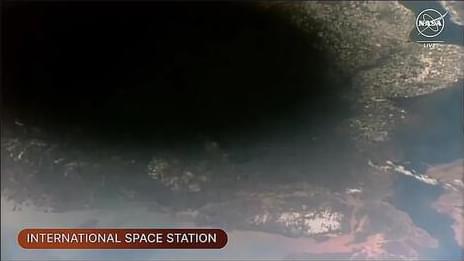An accelerator known as a muon collider could revolutionize particle physics—if it can be built.
Traumatic Brain Injury
Posted in neuroscience
(TBI) is a sudden injury that causes damage to the brain. It may happen when there is a blow, bump, or jolt to the head. This is a closed head injury. A TBI can also happen when an object penetrates the skull. This is a penetrating injury.
Symptoms of a TBI can be mild, moderate, or severe. Concussions are a type of mild TBI. The effects of a concussion can sometimes be serious, but most people completely recover in time. More severe TBI can lead to serious physical and psychological symptoms, coma, and even death.
“We need to accelerate and intensify efforts to recover Antarctic meteorites,” said Dr. Harry Zekollari. “The loss of Antarctic meteorites is much like the loss of data that scientists glean from ice cores collected from vanishing glaciers – once they disappear, so do some of the secrets of the universe.”
How can climate change effect the search for meteorites in Antarctica? This is what a recent study published in Nature Climate Change hopes to address as an international team of researchers investigated how melting snow and ice could prevent successful identification of meteorites, of which approximately 60 percent of all meteorites retrieved on Earth have been found in Antarctica. This study holds the potential to help scientists, climate change activists, and legislators better understand the impacts of climate change on science, as meteorites are crucial for gaining greater insight into the formation and evolution of the solar system and beyond.
With a combination of climate models, satellite observations, and artificial intelligence, the researchers estimate that at current rates, they will lose the ability to identify approximately 5,000 meteorites annually, with approximately 24 percent being lost by 2050 and potentially 76 percent by 2100.
An international research team led by Lawrence Berkeley National Laboratory (Berkeley Lab) has taken the first atomic-resolution images and demonstrated electrical control of a chiral interface state—an exotic quantum phenomenon that could help researchers advance quantum computing and energy-efficient electronics.
The SpaceX Raptor engines are becoming far more powerful and should reach over 330 tons of force while not needing a heat shield. Removing the need for a heat shield will lower the overall mass and increase the thrust to weight ratio.
The programmable so-called “metafluid” is made of rubber-like spheres that allow it to radically alter its properties.
See the historic images of North America’s total solar eclipse from space that capture the moon’s umbral shadow move across the Earth’s surface.
Researchers have discovered two techniques that could enable attackers to bypass audit logs or generate less severe entries when downloading files from SharePoint.
Microsoft SharePoint is a web-based collaborative platform that integrates with Microsoft Office and 365, primarily as a document management and data storage system.
Many companies use it for document management and collaboration, creating websites and corporate intranets, automating complex workflows, and enterprise content management applications.
Last week, at the annual Rencontres de Moriond conference, the CMS collaboration presented a measurement of the effective leptonic electroweak mixing angle. The result is the most precise measurement performed at a hadron collider to date and is in good agreement with the prediction from the Standard Model.
The Standard Model of particle physics is the most precise description to date of particles and their interactions. Precise measurements of its parameters, combined with precise theoretical calculations, yield spectacular predictive power that allows phenomena to be determined even before they are directly observed.
In this way, the model successfully constrained the masses of the W and Z bosons (discovered at CERN in 1983), of the top quark (discovered at Fermilab in 1995) and, most recently, of the Higgs boson (discovered at CERN in 2012). Once these particles had been discovered, these predictions became consistency checks for the model, allowing physicists to explore the limits of the theory’s validity.
